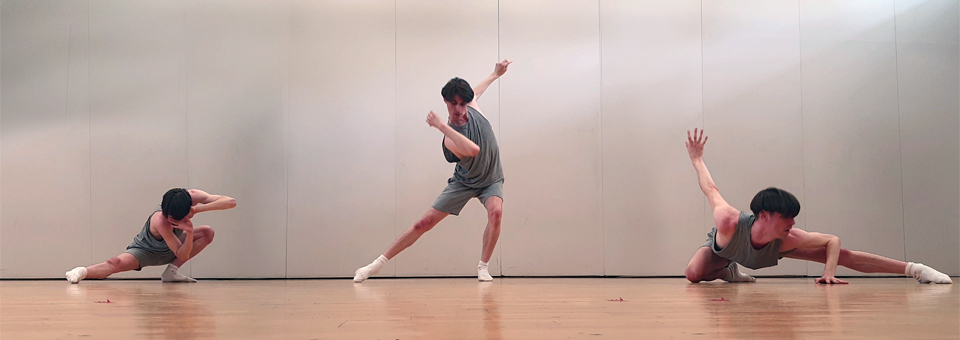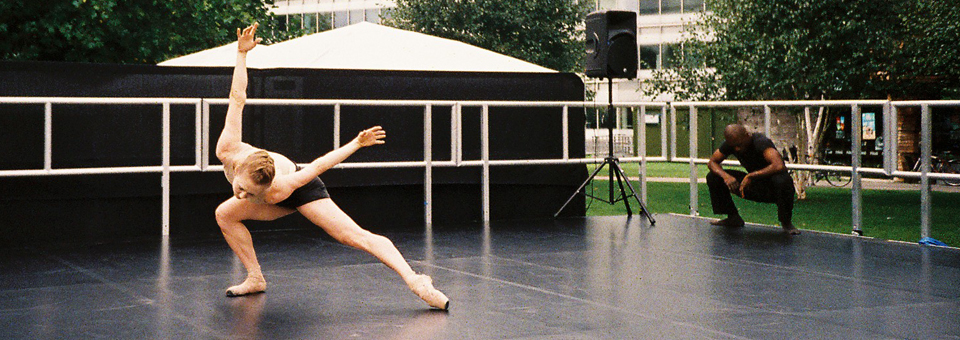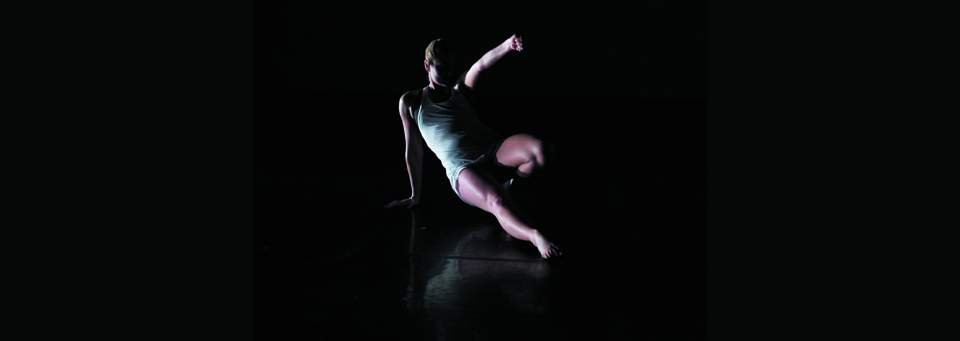Director’s Update from Briar Adams
Estimated Read Time: 8 Minutes
Take up space. Stretch. Move your body. “God gives you one gift: You get to be born,” the choreographer Twyla Tharp said. “Thereafter, you’ve got to take care of it yourself.”
Twyla Tharp interviewed by Gia Kourlas for the New York Times
Have you heard anyone say something like this to you? “You’ll have to stop being so physical now you’re older.” … or this? “It’s too gruelling and full on, older dancers don’t want to put their bodies through that any more.”
What is the purpose of dance training? Is it to mould young people into cogs to fit into an existing industrial machine that produces entertainment products that were invented decades ago? Or is it to equip people with skills to be healthy, fit, have fun, be part of a community, and to contribute to the creative conversation about the experiences they have throughout their lives… to reflect and share how these interplay with our wider society and culture, as it is, and as we wish it to be?
Many people think that having a dance job means you are “doing what you love”. Like any job, there are many aspects of dance work that are boring, painful, frustrating, threatening or challenging to one’s own values and beliefs. As with any job where you have to fit in with the norms and existing structures created by others, you learn that not everyone has the same experiences and background that you have to be able to understand your experiences.
When I tell people I’m a dancer, they project their ideals of what a “dancer” is supposed to be onto me. I often have conversations where people say, “It must be so amazing to do what you love as a job. That must make it worth the hardship and sacrifice.” People who are not dancers look at me and tell me “you’re so fit, you must have such a healthy diet/lifestyle”. I feel bad for telling them, no, I’m just like you: I eat junk, don’t sleep well, and struggle to make time for everything I need to get done. My relationships suffer because of my work and how important it is to me.
Those people who see me as a “dancer” are seeing something in me that reflects how they want to be themselves, or how they want the world to be. They look to me to tell them how to eat, exercise, take care of themselves, even use me as an example of where and how to live or how to introduce more creativity into their lives. Those people are inspired by my work and tell me they appreciate my leadership. However, in the mainstream dance industry, I often do not fit the “ideal” dancer casting: because of my age, body type and size, whether I am affected by physical or mental disabilities, or when an existing role has been designed or created for someone else’s characteristics that I do not match. I often struggle with the concept that because I am a certain age or don’t fit a particular physical ideal, that it means I cannot be a “good” dancer… especially when some people tell me they love watching me perform and feel inspired by my work.
Our society struggles with negative stereotypes and beliefs about bodies, ageing, status and success. I believe dancers have a role as leaders in the cultural conversation about what it means to be healthy and to “do what you love”. In the past, dance education was influenced by preparing young dancers to enter the profession and to be able to reproduce the great works of the classical repertoire, which were created under social conditions very different to those of the present day. I believe dance education needs to always be updating and improving on the new discoveries afforded by science and social research, and ensure that we are practicing dance in a way that best represents our highest values.
Is the value of elitist competition in conflict with the values of positivity and inclusivity? Can we still be “good” dancers after 35? Pina Bausch’s Tanztheater Wuppertal, and dancers like Mara Galeazzi and Alessandra Ferri are role models, but we need more of them. Our stories need to be told throughout our lives, and the ageism and sexism behind the pressure towards invisibility of older women on stage and screen – and in the director’s chair – needs to end.
More dancers, and those involved in the dance industry, should consider, and exercise positive leadership on, the issue of ageism: what would have been different about our training, the choices we’ve made in our careers, or the roles we’ve felt pressured to perform, if we were not worried about how getting older meant it would be “too late”? What if older and younger dancers were not in competition with each other, because our entertainment culture contained roles appropriate for performers of any age? How would the availability of positive older role models on stage and screen influence what people in our wider society believe about whether age is a barrier to success or status, or a limitation to what is possible in their own lives?
Recently I was discussing with my students the influence of great women like Isadora Duncan, Martha Graham and Pina Bausch on my work. Women who worked in a contemporary style created their own artistic and ideological ecosystem in which to nurture alternative feminist values and break free from the restraint they felt was being imposed upon them by the conservative world of classical ballet. Today, the worlds of contemporary dance and ballet are converging again. Contemporary dance exhibits some of the same body elitism that ballet has always done, but ballet is also absorbing ideas from contemporary dance and other styles, and ballet companies now produce work that is very contemporary in style.
Can attitudes to body conformity and the ideal body for dance change as well? We have movements across advertising and media to see more representation of population diversity in terms of gender, race and disability. How do these social debates affect people who want to dance? Do we still compare and contrast ourselves to the ideal and find ourselves falling short (a negative thinking style we may have learned from the teaching attitudes of the past) or do we explore and celebrate what makes us different, or what makes us capable of achieving exciting or rapturously entertaining results that are uniquely ours and which connect with people like us?
In my teaching practice I often encounter dilemmas where there seems to be a conflict between striving to be “good”, and encouraging students to tackle difficult material and to take on challenges. Students want to know how to do it “right” and sometimes striving to get it “right” adds extra tension and anxiety into the body. To the outsider observer, a dance student may not look experienced enough to be “good” or may not fit that observer’s preconceived ideal of what kind of body is a “good” dancing body. This is one of the challenges that inspires me creatively, to investigate how people learn and absorb information physically, and to draw on all the styles and techniques in dance that I have experienced through my varied career, to try to communicate with students and help them explore and create from a positive place within themselves.
One of the conflicts I notice is that between “pushing yourself” to do your best and constantly strive for maximum physical effort, and “knowing your limits” and gauging what is the healthiest type and amount of training to do, or whether physically challenging choreographic material is safe to perform and engaging for the audience. Sometimes it is easy to change uncomfortable choreography slightly to make it safer, without losing the communicative effect from the audience’s point of view. Do audiences need to see physically gruelling dance choreography in order to enjoy the performance? Does knowing that the dancer is in pain or physically stressed increase their appreciation of the art? Do dancers enjoy putting themselves to the test with physically challenging work? How healthy are the dancer’s inner ideals and the expectations placed upon them about the mental and physical grit and determination required to do what they do?
Is there a level of training and physical exertion and expression that is optimal for making both dancers and audiences “love” what they are doing: creating and appreciating dance and the stories told by the body?
The process of developing HackBallet’s new work DeToxic will explore some of the issues related to how we do what we love whilst also doing what others want to see – or don’t want to see – and thinking creatively about how we might resolve these conflicts.
As part of the research and development of DeToxic we are interested to hear your stories and ideas about these themes. Please comment below or get in touch to share your experiences and find out more about the DeToxic project.



